Hong Kong’s Buildings Department has successfully deployed unmanned aerial vehicles (UAVs) to inspect 157 aging buildings in 2024, dramatically reducing inspection times compared to traditional methods, according to a report from the South China Morning Post.
The department currently operates eight drones, each costing approximately HK$40,000 ($5,100 USD) with accessories. These remotely controlled vehicles are equipped with AI capabilities that enable faster report generation and more precise defect detection, particularly in hard-to-reach areas that traditional inspections might miss.
The drone program represents a significant improvement over conventional inspection methods, which can take months or even years to complete due to extensive paperwork, meetings with building owners, tender processes, and scaffolding requirements. Larry Wong Lui-keung, senior professional officer of research and development at the Buildings Department, confirms that drone inspections are “definitely faster” as they can capture images of all building surfaces.
The initiative comes in response to recent safety incidents. Last month, a man was injured when concrete fell from a building facade in Causeway Bay, and in December, two men were hurt in a similar incident at Ka Wai Chuen estate in Hung Hom.
Certified Pilots Fly Inspection Drones
The department has invested significantly in training drone operators. Initially, 69 pilots received external certification. Now certified as an advanced training organization by the Civil Aviation Department, the Buildings Department conducts internal training and aims to add 56 more pilots to its roster. Fourteen staff members have already completed the internal certification program.
The scope of Hong Kong’s aging building crisis is substantial. According to Planning Department data, private homes in buildings over 50 years old will increase from 198,000 to 854,000 by 2048. More critically, buildings over 70 years old will see an increase from about 1,000 units in 2018 to 373,000 by 2048.
Of all buildings inspected last year, including the 157 drone-inspected structures, 352 were found to have significant external wall hazards. Building owners completed repairs on 207 of these cases, while government contractors handled the remainder. Notably, nearly 60% of building owners initiated emergency repairs independently after being notified of defects.
The Buildings Department has set an ambitious target of inspecting 360 buildings annually, with plans to complete inspections and emergency repairs on two-thirds of these structures before the summer rainy season. Chief structural engineer Stephen Chow Hing emphasized that the combination of drones and AI technology provides enhanced capability to detect facade damage, particularly in obscured locations.
Building owners bear Legal responsibility for maintaining their properties’ safety, including timely repairs and maintenance. Failure to do so can result in criminal prosecution and civil proceedings if poor building conditions lead to property damage or personal injury.
The department’s AI system continues to improve with use, as Wong notes that increased photo data enhances the AI’s accuracy in defect detection compared to manual inspections.
Photo courtesy of Arsedi / Vimeo
Discover more from DroneXL.co
Subscribe to get the latest posts sent to your email.

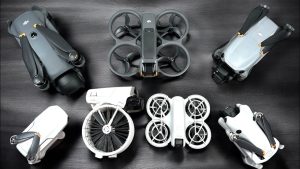
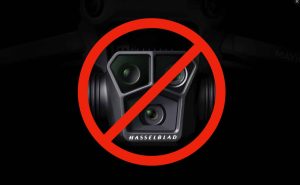
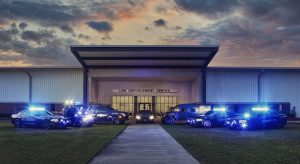
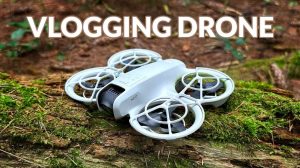

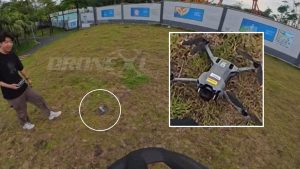
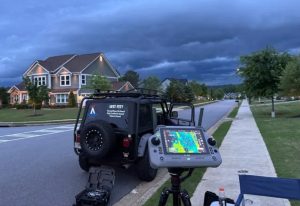
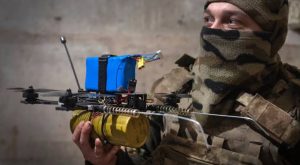

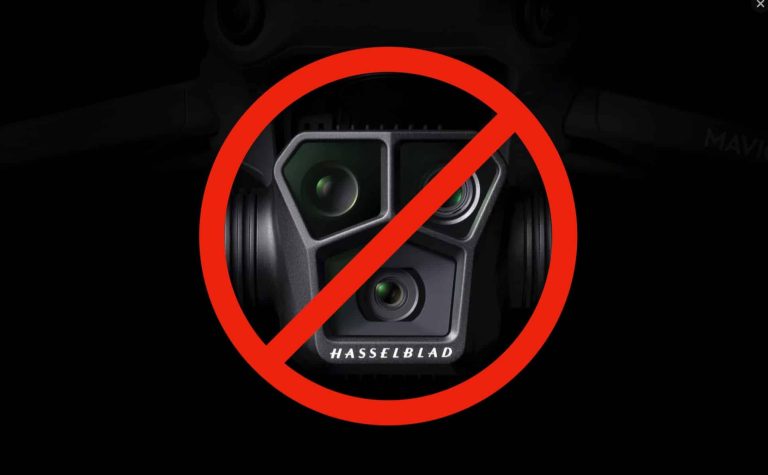
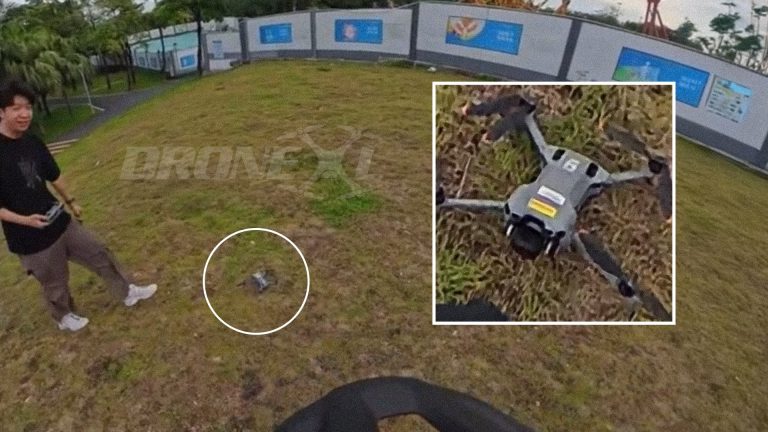
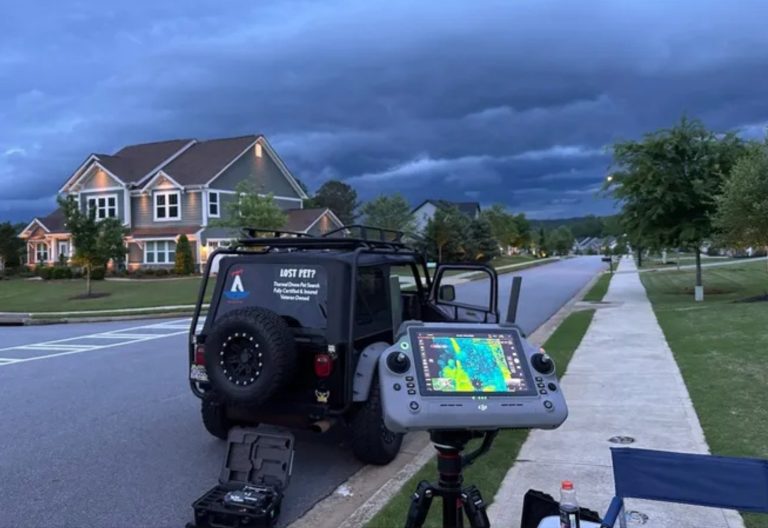

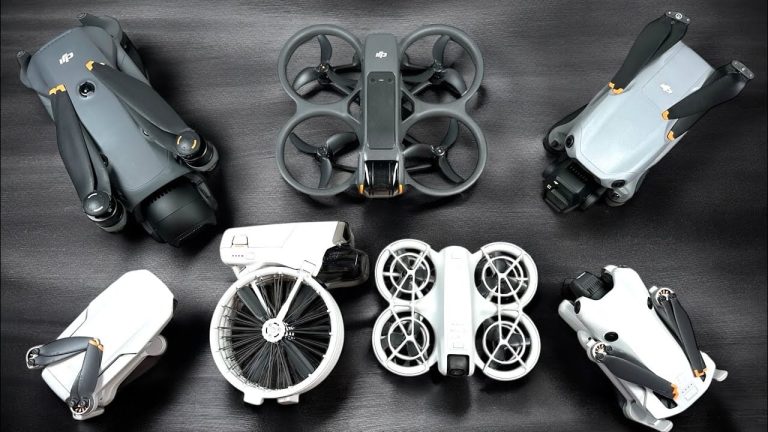


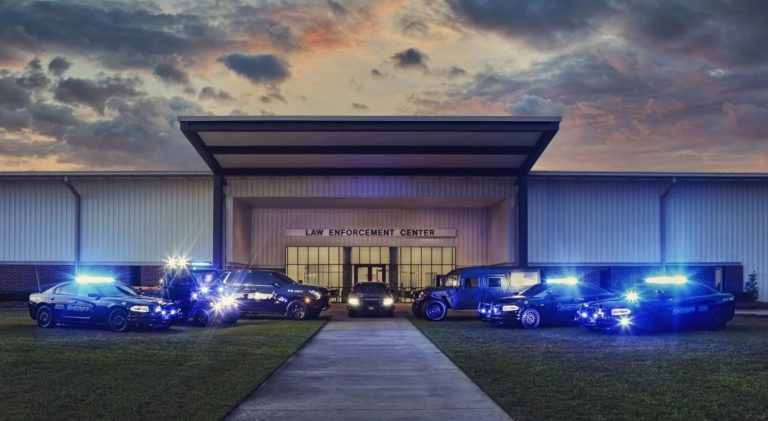
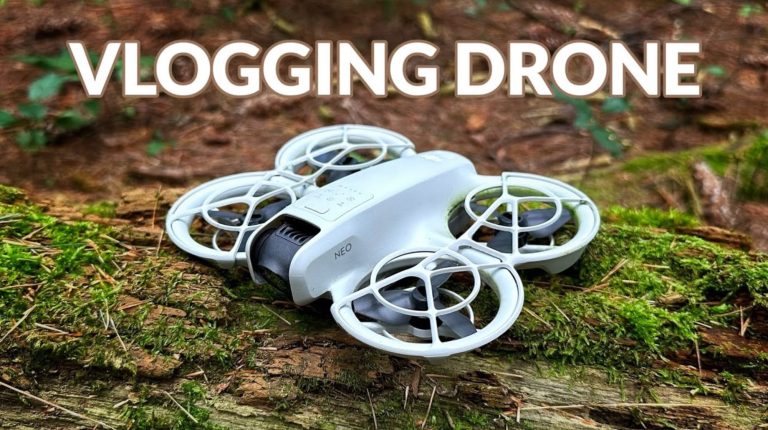

+ There are no comments
Add yours